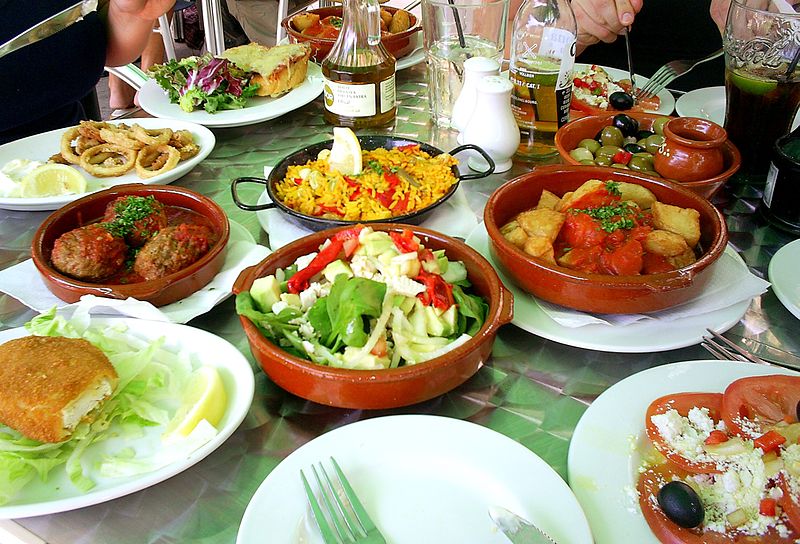Capítulo 1: Los Procesos Comerciales
1.4.1: Gramática-concordancia de adjetivos
Explicación gramatical
Adjective agreement
Spanish language adjectives differ from English language adjectives in several ways. First: agreement. In Spanish, nouns have both number (singular or plural) and gender (masculine or feminine) whereas in English, nouns have only number. Adjectives in English just have one form but in Spanish nouns and adjectives must match in gender and number. Gender in this case refers to the gender of the noun, not to the gender or sex of a person.
Examples:
La caja roja.
“La caja” is a feminine noun so therefore “roja” is made feminine to match.
El árbol hermoso
“El árbol” is masculine and “hermoso” is also masculine.
Now, what about:
Joaquín es una buena persona.
Why? Joaquín is a male name yet the adjective is feminine. It makes no sense! It does make sense, however, because “buena” doesn’t agree with Joaquín, it agrees with “persona” which is feminine. “La víctima” is another word like this. Most nouns have a masculine and feminine form but not all so check carefully when looking for noun/adjective agreement.
Does every adjective have two forms? No, no it doesn’t. Many adjectives don’t have a masculine or feminine ending. They just have a singular or plural form. For example:
El examen fácil.
La pregunta fácil.
Las ventas comerciales.
Los procesos comerciales.
Fácil and comercial are examples of adjectives with no masculine or feminine ending. Adjectives in this group only show singular or plural.
Ejercicio gramatical #1
Ejercicio gramatical #2
 Flag of Spain with a black silhouette of a bull – Oren neu dag – CC BY-SA 3.0
Flag of Spain with a black silhouette of a bull – Oren neu dag – CC BY-SA 3.0

